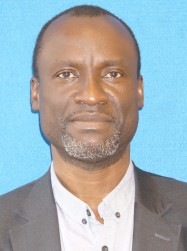BibTex format
@article{Qin:2017:10.1016/j.trc.2017.07.001,
author = {Qin, F and Sun, R and Ochieng, WY and Feng, S and Han, K and Wang, Y},
doi = {10.1016/j.trc.2017.07.001},
journal = {Transportation Research Part C: Emerging Technologies},
pages = {261--272},
title = {Integrated GNSS/DR/road segment information system for variable road user charging},
url = {http://dx.doi.org/10.1016/j.trc.2017.07.001},
volume = {82},
year = {2017}
}

